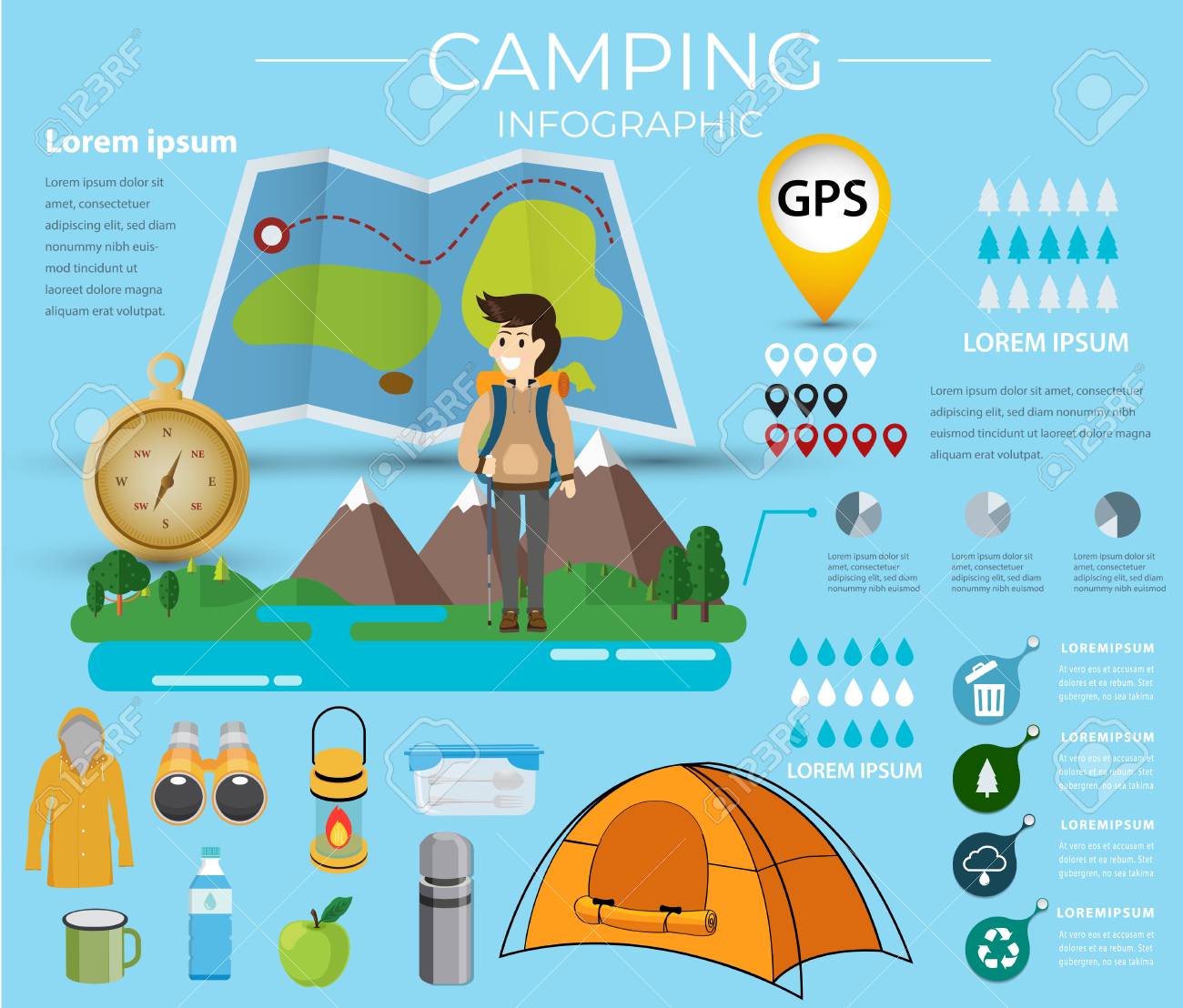Stories From The Field Living In Different Sized Tents
Winter Season Outdoor Camping - Guy Line Anchors in SnowWintertime outdoor camping is a fun and daring experience, yet it requires correct equipment to ensure you remain cozy. You'll require a close-fitting base layer to catch your body heat, along with a protecting coat and a water-proof covering.
You'll likewise need snow risks (or deadman anchors) hidden in the snow. These can be connected making use of Bob's smart knot or a regular taut-line drawback.
Pitch Your Tent
Wintertime camping can be an enjoyable and daring experience. Nevertheless, it is important to have the appropriate equipment and know exactly how to pitch your outdoor tents in snow. This will stop cold injuries like frostbite and hypothermia. It is likewise vital to eat well and stay hydrated.
When setting up camp, make sure to pick a website that is protected from the wind and devoid of avalanche threat. It is additionally a great idea to pack down the area around your outdoor tents, as this will certainly help reduce sinking from body heat.
Before you set up your camping tent, dig pits with the same dimension as each of the support points (groundsheet rings and man lines) in the facility of the tent. Fill these pits with sand, rocks and even stuff sacks loaded with snow to small and protect the ground. You might additionally wish to take into consideration a dead-man support, which entails linking outdoor tents lines to sticks of wood that are hidden in the snow.
Load Down the Area Around Your Outdoor tents
Although not a requirement in a lot of areas, snow risks (also called deadman supports) are a superb enhancement to your camping tent pitching package when camping in deep or compressed snow. They are generally sticks that are developed to be hidden in the snow, where they will ice up and develop a strong support point. For ideal results, use a clover drawback knot on the top of the stick and bury it in a couple of inches of snow or sand.
Set Up Your Tent
If you're camping in snow, it is a good concept to utilize a camping tent made for winter months backpacking. 3-season outdoors tents work great if you are making camp below tree zone and not expecting specifically rough weather condition, yet 4-season outdoors tents have tougher poles and materials and supply even more defense from wind and hefty snowfall.
Make sure to bring adequate insulation for your sleeping bag and a cozy, dry inflatable floor covering to sleep on. Inflatable mats are much warmer than foam and assistance protect against chilly areas in your camping tent. You can also include an extra floor covering for resting or food preparation.
It's also a great concept to establish your camping tent near a natural wind block, such as a group of trees. This will certainly first aid kit make your camp much more comfortable. If you can't discover a windbreak, you can produce your own by digging openings and hiding objects, such as rocks, outdoor tents risks, or "dead man" anchors (old tent man lines) with a shovel.
Tie Down Your Tent
Snow risks aren't essential if you use the appropriate methods to anchor your outdoor tents. Buried sticks (possibly gathered on your approach hike) and ski poles work well, as does some version of a "deadman" hidden in the snow. (The concept is to create an anchor that is so solid you won't have the ability to draw it up, despite having a great deal of effort.) Some manufacturers make specialized dead-man supports, however I favor the simpleness of a taut-line hitch tied to a stick and after that hidden in the snow.
Understand the surface around your camp, especially if there is avalanche risk. A branch that falls on your outdoor tents could damage it or, at worst, hurt you. Also be wary of pitching your camping tent on a slope, which can catch wind and lead to collapse. A sheltered area with a reduced ridge or hillside is far better than a high gully.
